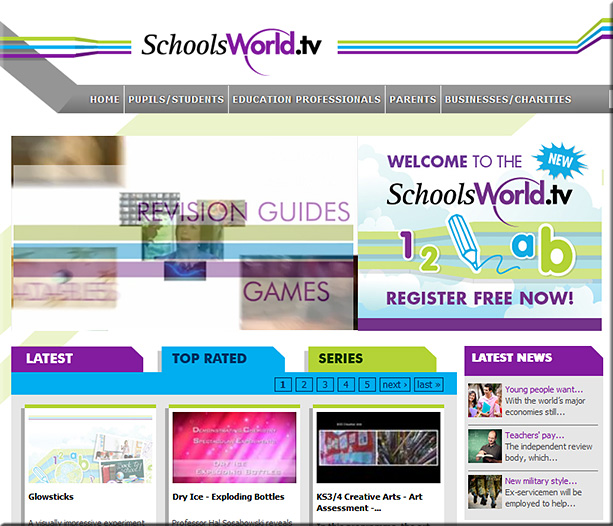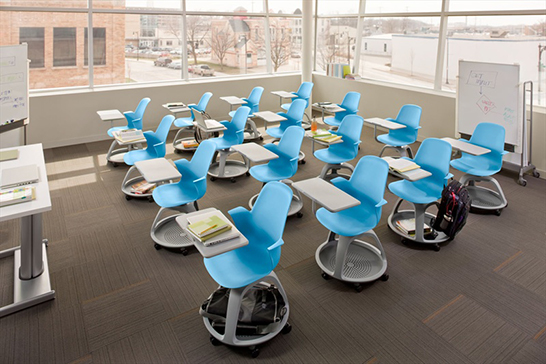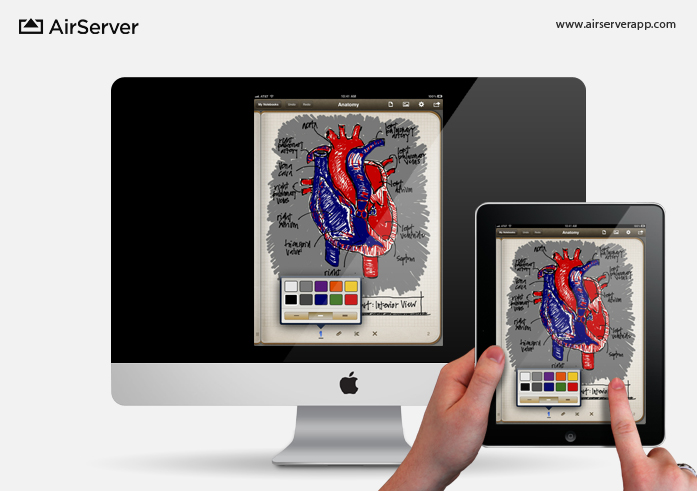Description:
The Yearbook is a unique publication produced annually by the Center for Digital Education (CDE) that highlights some of the outstanding trends,
people and events over the past year in education technology. The first part of the Yearbook gives readers market awareness by outlining how much money schools spent on education technology, where the funding came from and what technologies have been garnering the most attention.
The second part features 40 education innovators who are using technology to inspire their students, improve learning and better the K-20 education system. We hope that this 2013 Yearbook issue provides inspiration to our readers to continue on their quests towards innovation in education.
From DSC:
My quote in the Center for Digital Education’s 2013 Yearbook reads:
“Educational technologists need to be bold, visionary and creative. They need to be in tune with the needs, missions and visions of their organizations. We have the opportunity — and responsibility — to make lasting and significant contributions within our fields and for the organizations that we work for.”









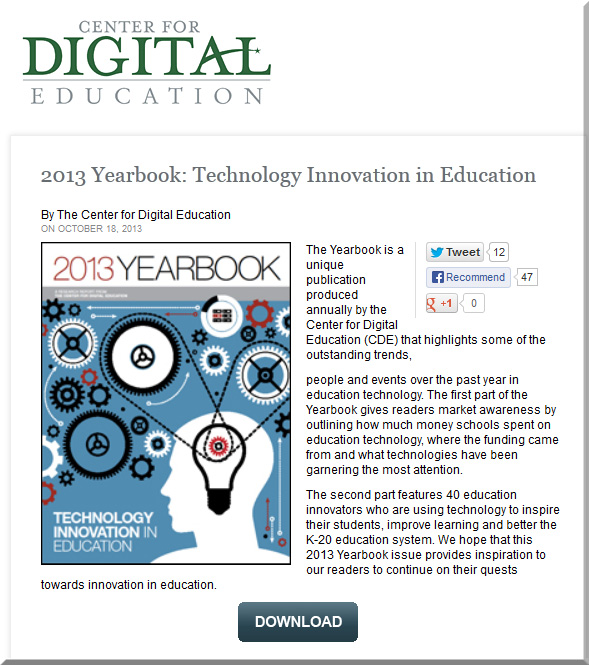
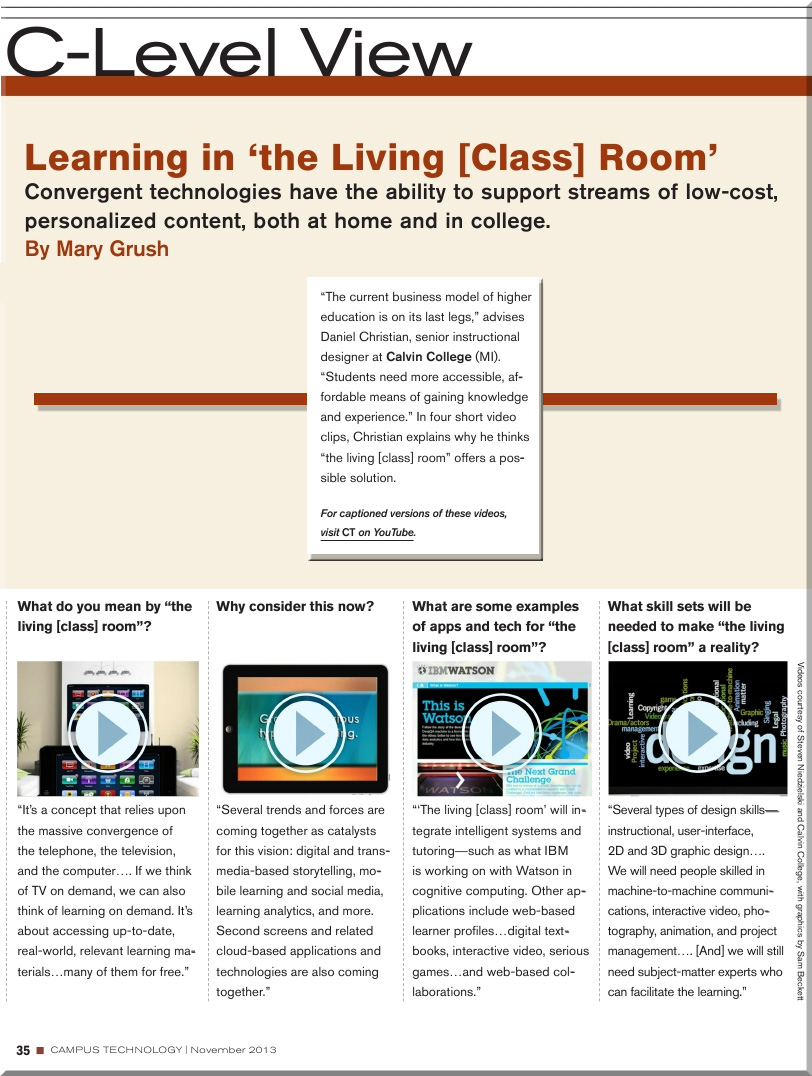
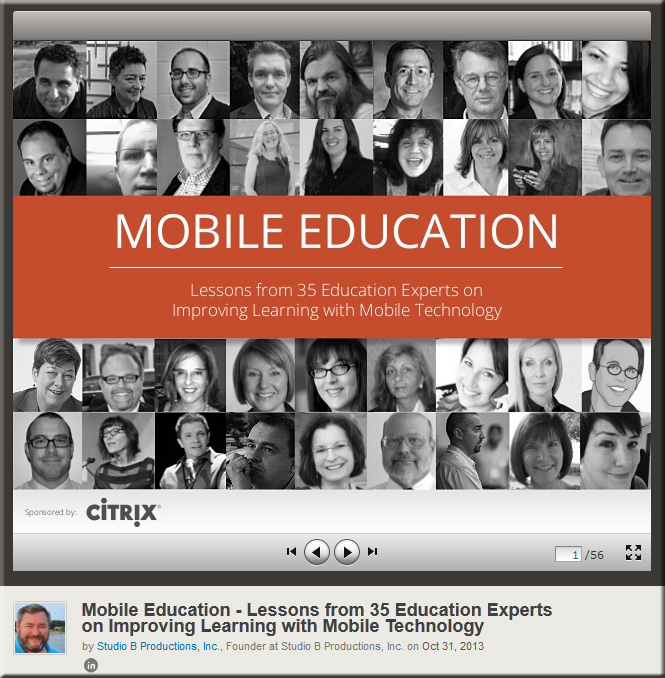

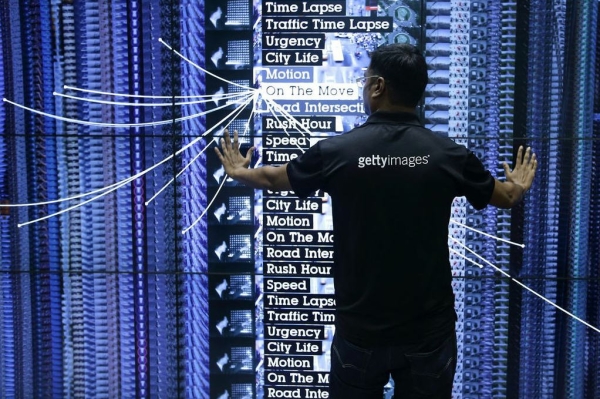

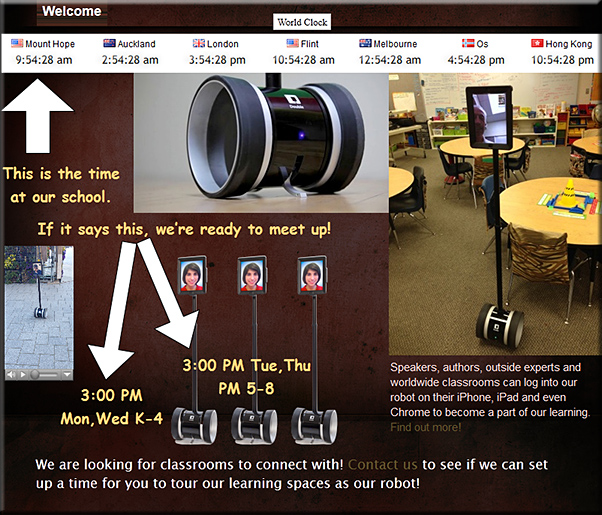
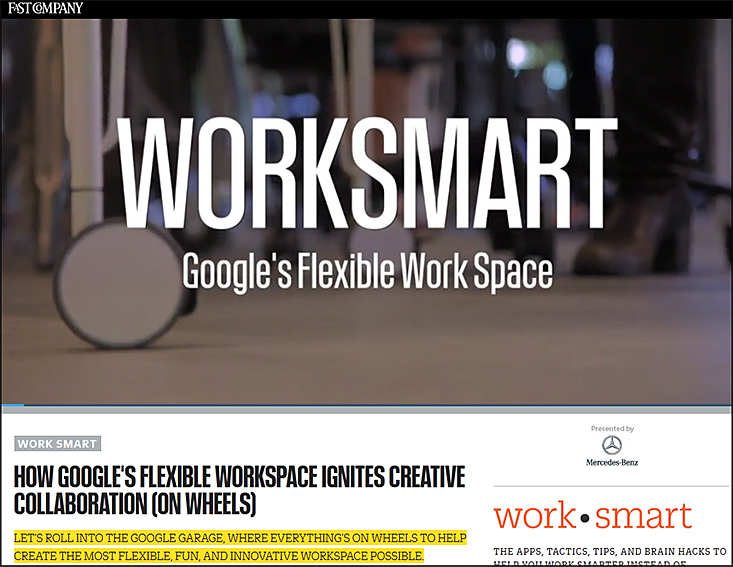
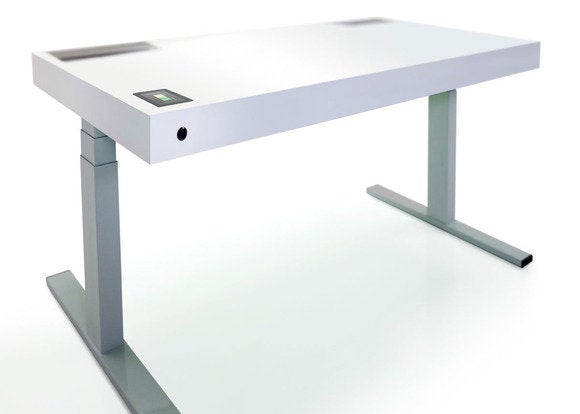
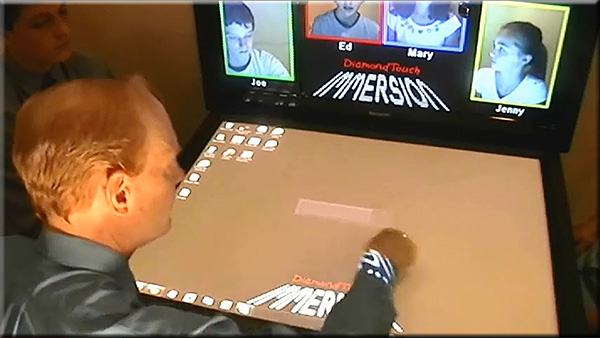


![The Living [Class] Room -- by Daniel Christian -- July 2012 -- a second device used in conjunction with a Smart/Connected TV](http://danielschristian.com/learning-ecosystems/wp-content/uploads/2012/07/The-Living-Class-Room-Daniel-S-Christian-July-2012.jpg)
